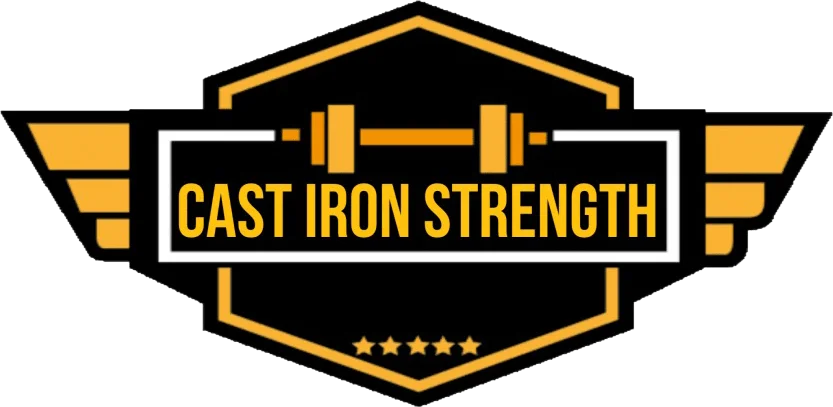In the last installment of this blog we looked at abdominal training and possible progressions for flextion and extension around the hip in this second installment we will be taking a look at rotation and posture. In the third and final installment we will look at possible progressions and how one could structure it into a programme.
Rotation
The external and internal obliques are commonly associated with rotation of the trunk, it is commonly contested among the “functional” training world that these movements need to be given special attention since they are used widely in sport (throwing mainly).
Training rotation is easily achieved and can be one of the more enjoyable areas of the body to train since the drills can involve throwing shit against walls hard (always goes down well). Yet one must take a not of caution when training rotation; its has been shown in some in vivo studies that rotation of the spine when coupled with either flextion or extension may increase the risk of injury substantially under load. Whilst this is by no means authoritative data caution should probably be aired when training athletes or people who are in effect an investment for a team or country.
Control of Rotation – Drills that help develop the ability for the athlete to control rotation around the trunk can be of great use for those involved in contact sports like wrestling, mma, judo et al.
Examples of Drills – Windscreen Wipers, Hanging windscreen wipers, Floor Wipers, Barbell Russian Twist, Plate Throw and Stop etc.
Explosive Rotation/Throwing – Drills that help develop force production or throwing ability in a ballistic fashion are useful as well. These drills are of use to anyone who throws an implement and also have a lot of application for combat sports such as Judo, boxing, kickboxing etc.
Examples of drills – Med ball Twisting wall toss, Partner med ball passes (side to side), med ball throw for distance etc.
Training Posture
“Core stability” is a term that gets banded about in both the worlds of strength and conditioning and physiotherapy like mad. It is a term I personally hate as it lacks both a clean cut definition and direct line of application which gives a lot of wiggle room for bullshit.
Now if we redefine it as the ability to hold a certain posture or position when placed under stress or load we have a much clearer way of defining what we are training.
To train this there is no better place to look then gymnastic drills wither it be a loaded plank or trying to do the human flag the ability to hold a posture isometrically or dynamically when put under extreme duress has a lot of application for injury prevention and performance.
Isometric Posture – The ability to brace the trunk when under a lot of load is a desirable ability as it allows you to apply forces more efficiently to either a person or implement sports where this is of worth would be wrestling, rugby, powerlifting etc.
Drills to challenge isometric posture – Plank, Weighted Plank, Hanging Leg Raise hold and Dip Leg Raise hold etc.
Dynamic posture – The ability to be able to control a position whilst moving the whole body or part of the body separately is a worth while exercise since it can be though of as a progression from isometric posture.
Drills – Candlesticks (dragon flags) and progessions, L-Pull Up/L dip and progressions, Human Flag and Progressions etc.
Abdominal training forms a very important part of any regime be it for sport or to look good with a G-String on, the ways of training it are varied and can be very much and exercise in fun as well as training.
The amount of variation one can bring to the table is seldom matched when compared with other areas of training. It is also a microcosm of everything that is wrong in the exercise and fitness world.
The important thing when training is to work hard, be creative and have fun when you mix this in with a bit of rational thinking your on to a winner.
The exercises presented here are by no means exhausted it is better to have a concept or idea of what the physical attribute you wish to train and work from there.
In the next installment we will look at progressions and programming.
Till next time,
Marc.



